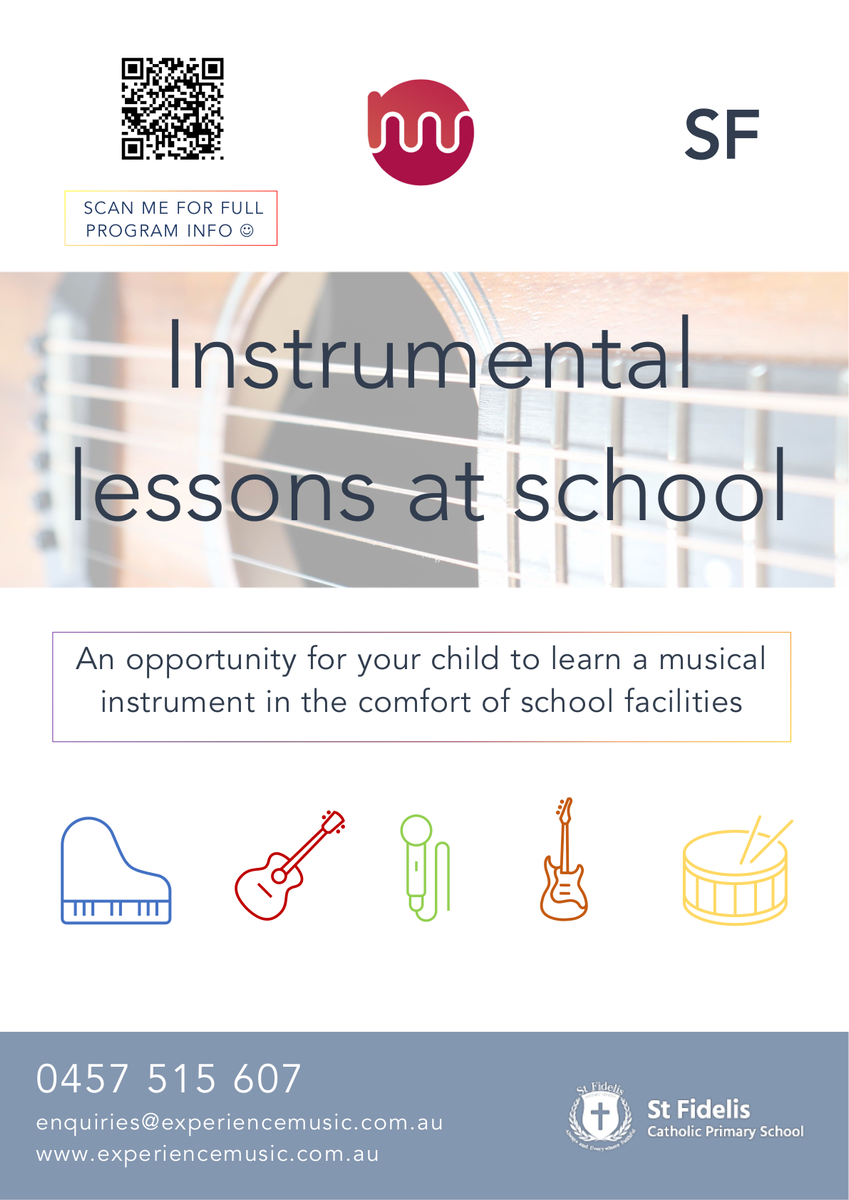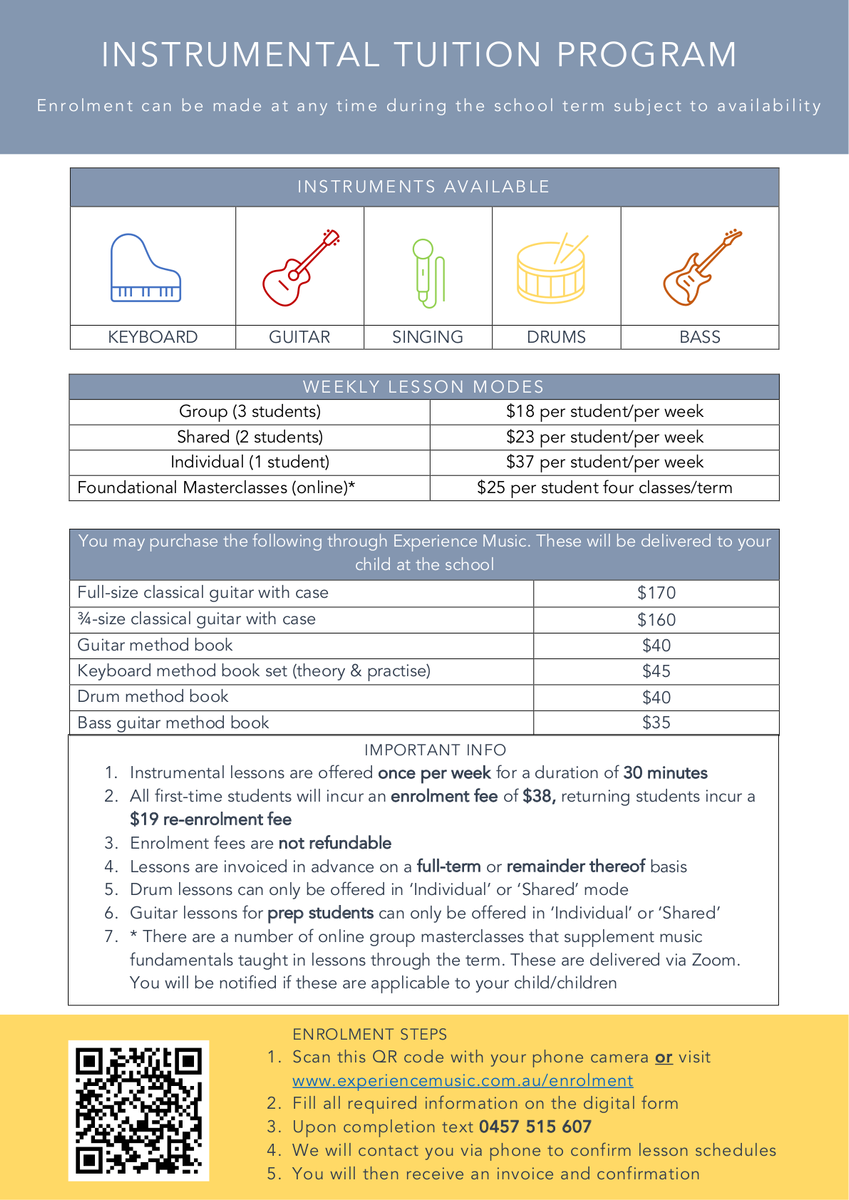Learning & Teaching
Learning and Teaching encompasses the following areas: Student Outcomes, Curriculum, Assessment, Reporting, Principles and Pedagogy.
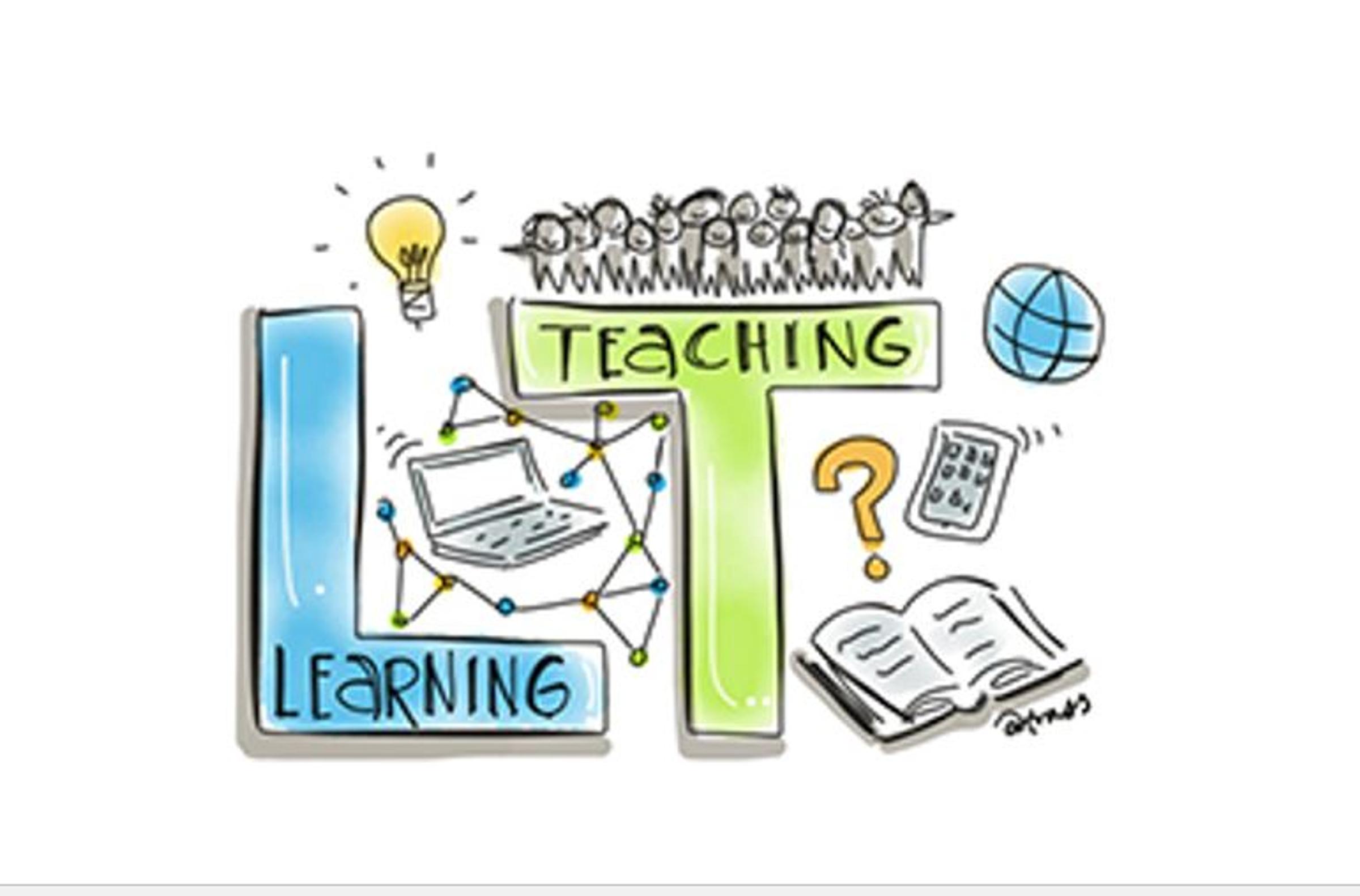
Learning & Teaching
Learning and Teaching encompasses the following areas: Student Outcomes, Curriculum, Assessment, Reporting, Principles and Pedagogy.
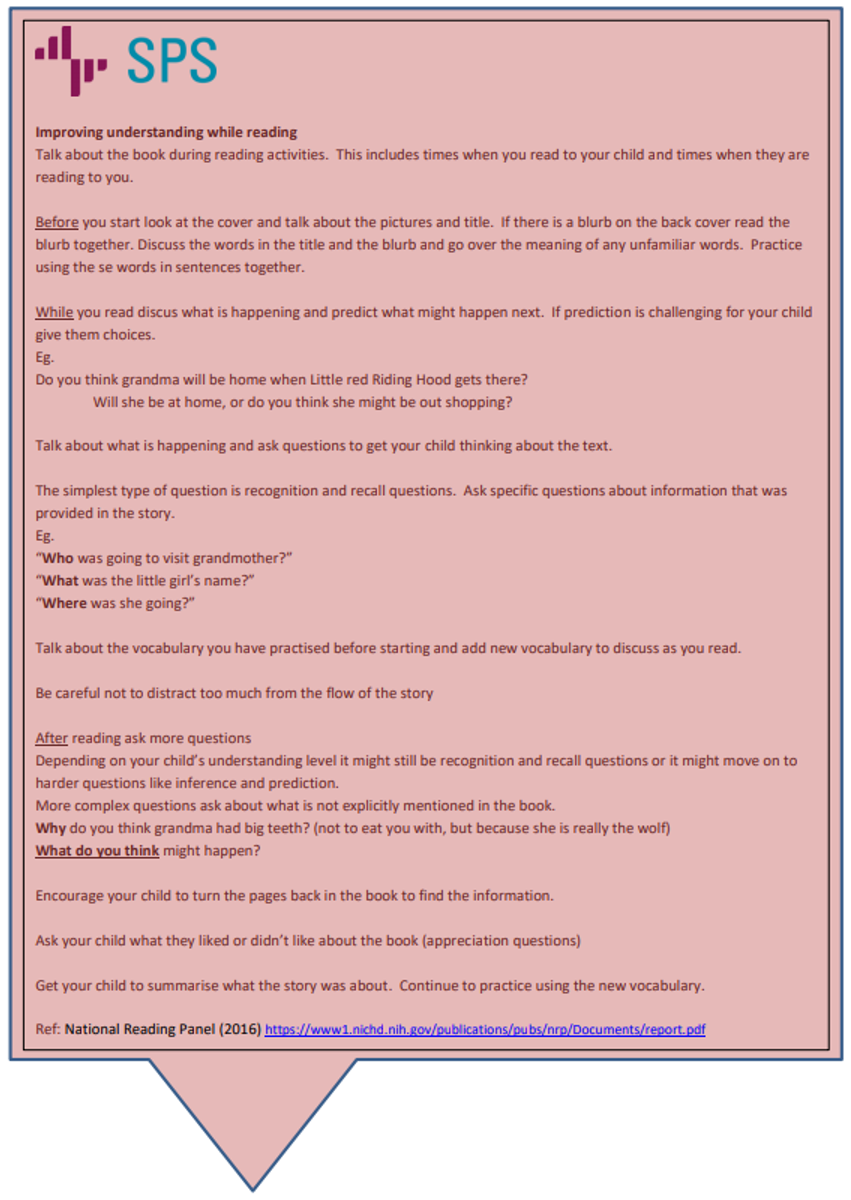

Hope you are all enjoying the sunshine and walks around your neighbourhood.
The junior maths workshop will not be running this week but we will reschedule these when school resumes onsite as well as another parent helper workshop for those who couldn’t make the earlier ones.
Reminders:
Matificis a great resource for your children who love a challenge or looking for extra maths to do. The problem solving challenge starts this week, and practice questions are available now. Good luck to all the students who are taking up this challenge.
Foundation students: practice counting things around the home forwards and backwards (0-20) match numbers to collections also. Identify numbers around the home, neighbourhood
Year 1: Practice counting forwards and backwards in the range (0-100) in 1”s,5’s,10’s and 2’s. read and write 2 digit numbers , can they see these in the neighbourhood? What numbers comes before/ after
Year 2: Practice counting forwards and backwards in the range (0-1000) in 1”s,5’s,10’s and 2’s. Read and write 3 digit numbers , can they see these in the neighbourhood? What numbers comes before/ after
Year 3: Practice counting forwards and backwards in the range (0-1000 in 1”s,5’s,10’s and 2’s,3’’s,4’s. Read and write 4 digit numbers. What numbers comes before/ after these numbers. Practice the 2,5,10 times tables.
Year 4: Practice counting forwards and backwards in the range (0-10 000) in all numbers. Read and write 5-digit numbers. Practice the times tables needed to become fluent. By the end of year 4 they are expected to know all 10 x tables.
Year 5 /6:Practice your times tables, which ones aren’t you fluent with? Practice these.
Don’t forget the Maths in Cooking:
I am sending this white chocolate and coconut cookie recipe for you to make with your child/children, or on their own. Ask them to measure the ingredients. What if we halved the recipe? Doubled the recipe? How many cookies did we make? Can they divide equally between the family members? How many will each get? How many are in each row on the tray? Is there a quick way to count these cookies?
Donna Hay - White chocolate and coconut cookies.
INGREDIENTS
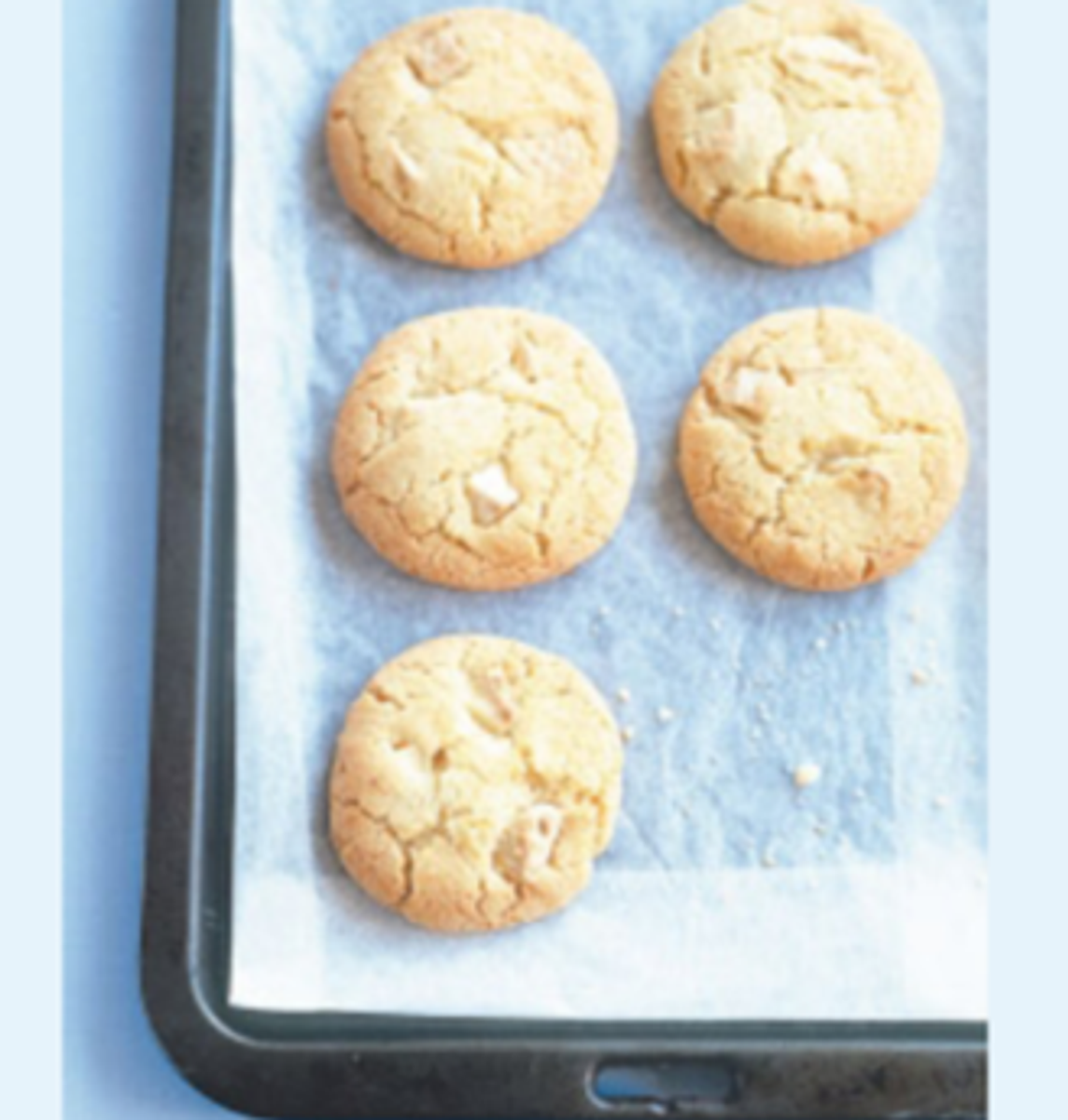

METHOD
* To check if the cookies are done, look at the bottom not the top. If you wait until the top looks right you risk overcooking them. To check, lift a cookie with a spatula so you can see underneath. The bottom should be deep golden. Cool on trays as the cookies will continue to cook after you’ve removed them from the oven.
MUSIC EXPERIENCE
